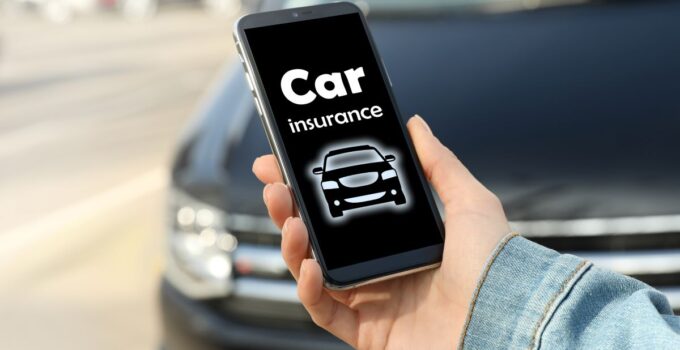Auto insurance premiums vary widely across the U.S., and if you’ve ever wondered why your rate is higher than your friend’s in another state, you’re not alone. Here’s a list of the highs and lows.
1. No-Fault Insurance in Michigan

Image Credit: Shutterstock / f11photo
Michigan consistently has the highest auto insurance premiums in the country, primarily due to its no-fault insurance system. Under this system, drivers are required to carry unlimited personal injury protection (PIP), which significantly drives up costs. As of 2024, the average annual premium in Michigan is around $2,700, nearly double the national average.
2. Dense Urban Areas in New York
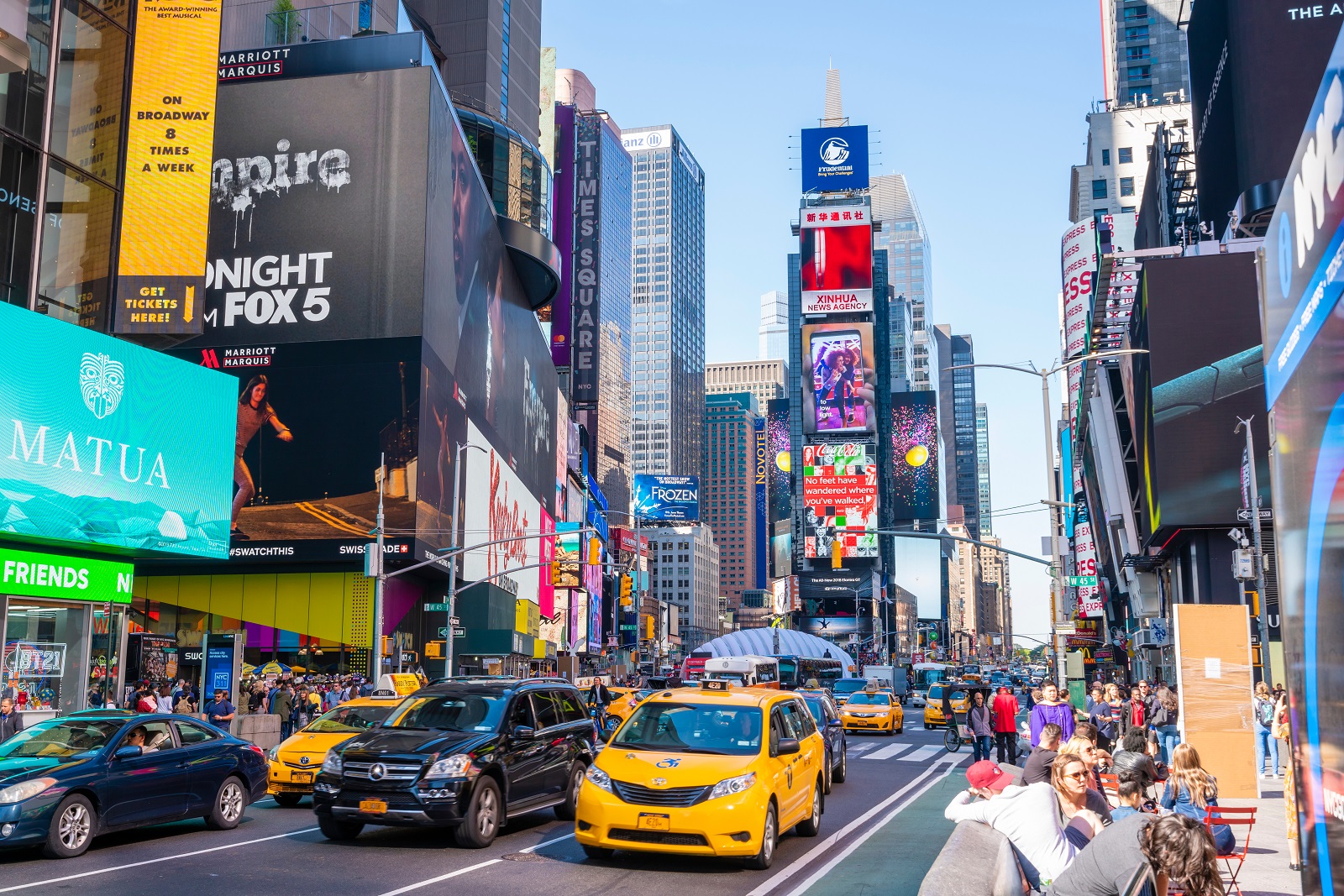
Image Credit: Shutterstock / ymgerman
New York, especially New York City, has some of the highest insurance premiums due to dense urban areas where accidents are more common. Traffic congestion, high crime rates, and expensive car repairs in the city contribute to premiums averaging around $2,300 annually. Drivers in rural upstate New York, however, tend to pay much less.
3. Severe Weather in Louisiana
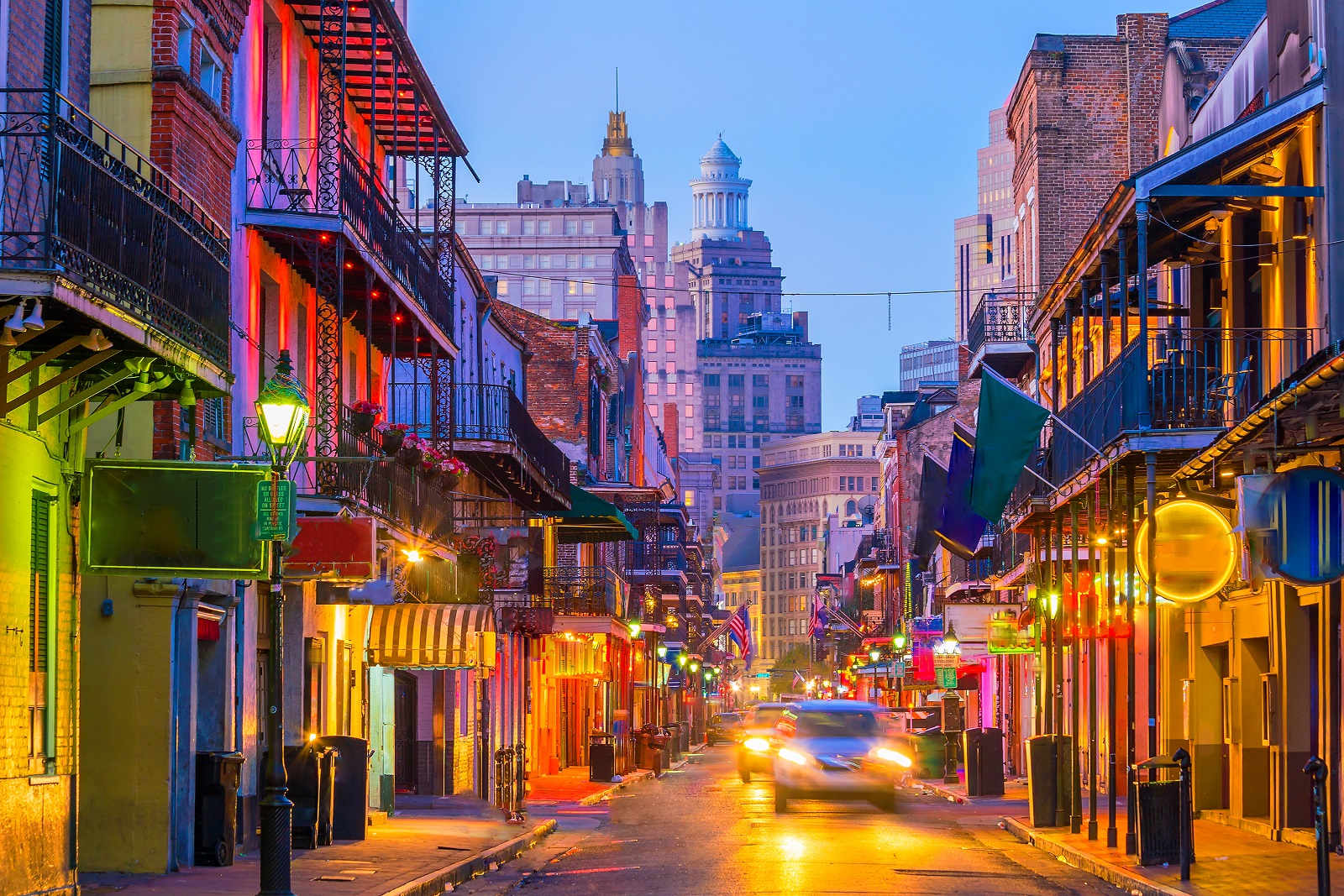
Image Credit: Shutterstock / f11photo
Louisiana also ranks among the most expensive states for auto insurance, with an average annual premium of around $2,300. This is largely due to the state’s susceptibility to severe weather events like hurricanes and flooding, which increase the risk of car damage and insurance claims.
4. High Population Density in Florida
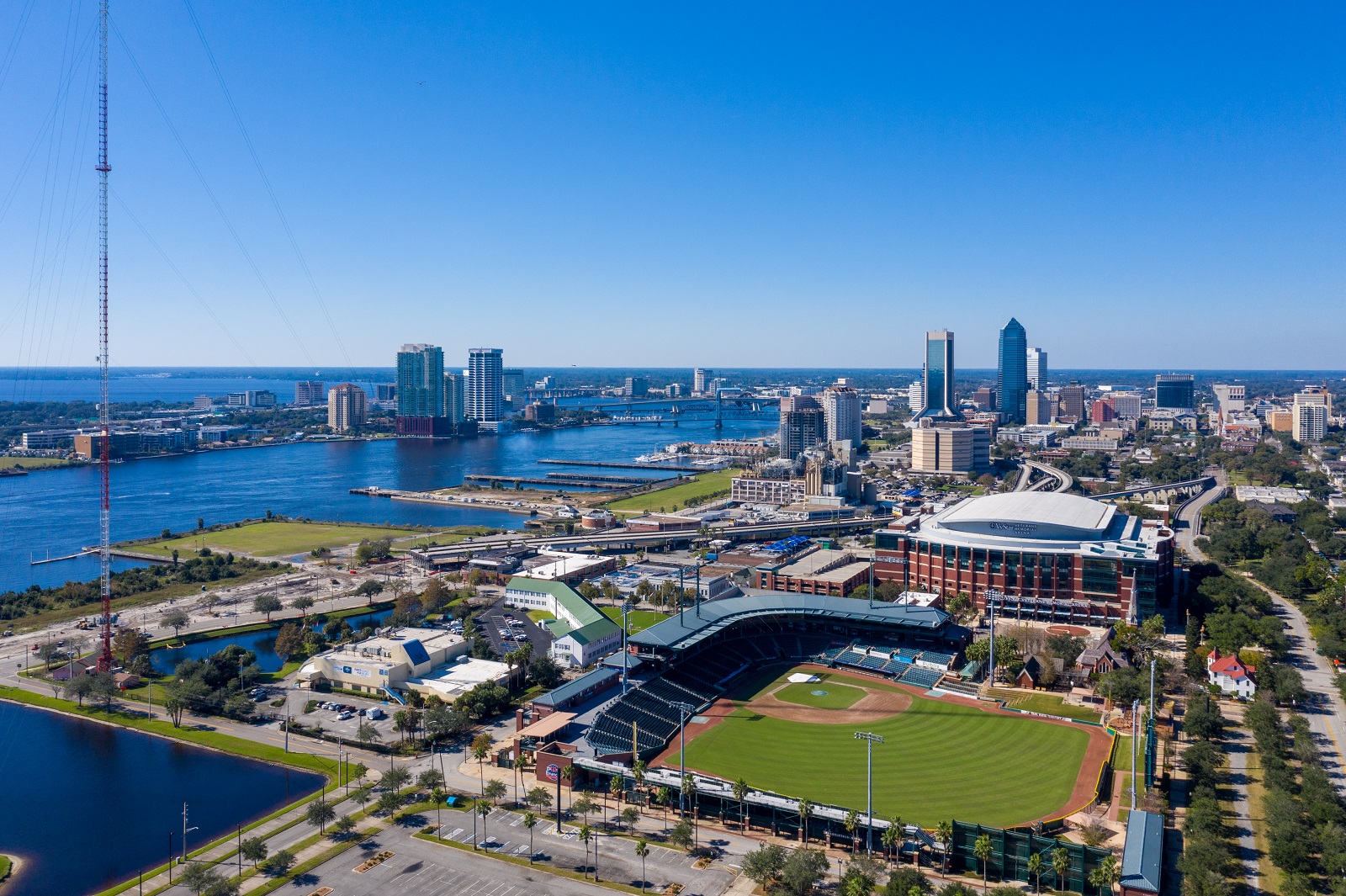
Image Credit: Shutterstock / NEFLO PHOTO
Florida’s high insurance premiums, averaging $2,200 annually, are driven by its large population, high number of uninsured drivers, and the risk of hurricanes. Additionally, the state’s no-fault insurance system requires drivers to carry PIP coverage, further increasing the cost.
5. High Litigation Rates in New Jersey
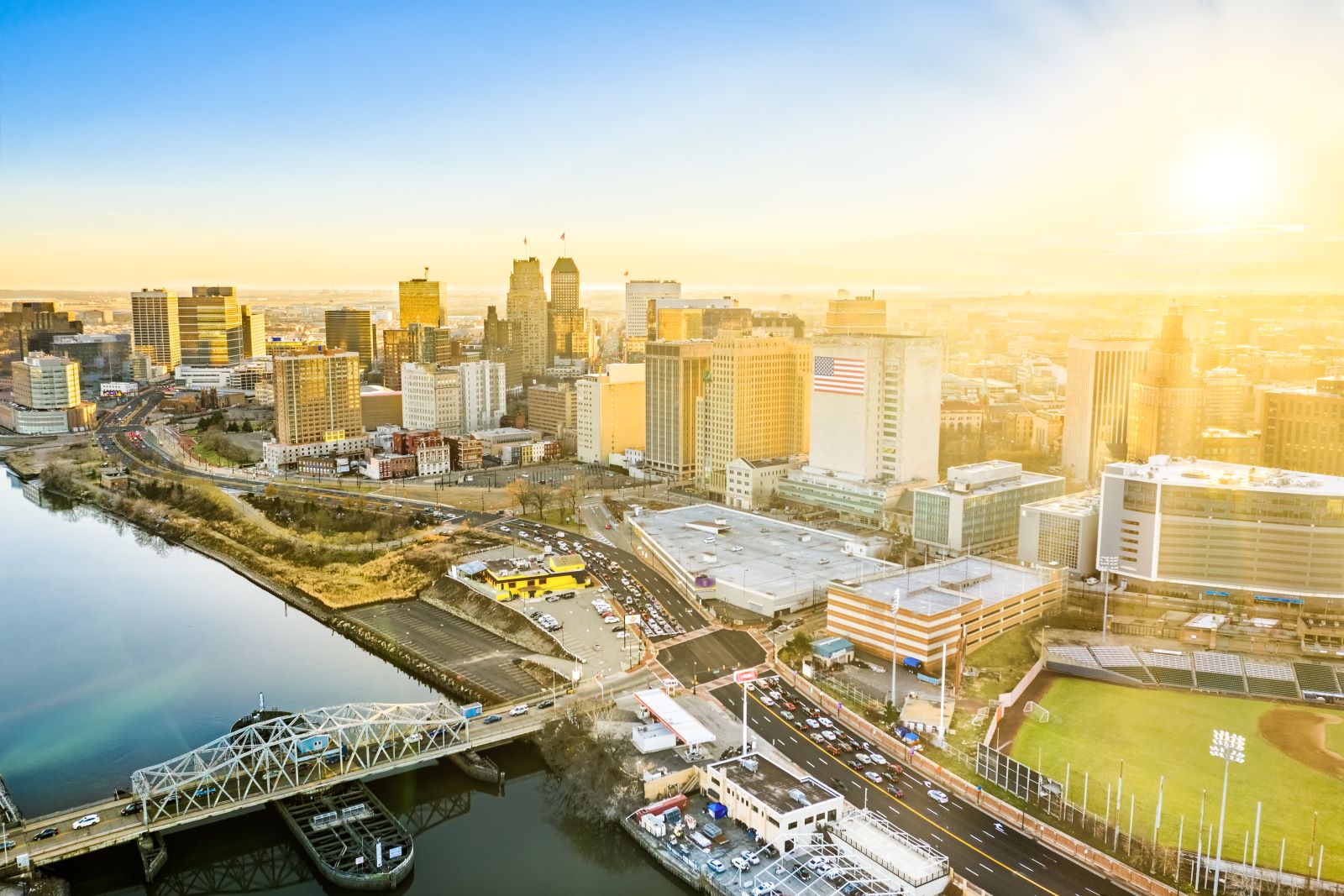
Image Credit: Shutterstock / Mihai_Andritoiu
New Jersey drivers pay some of the highest premiums in the nation, averaging $1,891 annually. This is partly due to the state’s high litigation rates, where lawsuits from car accidents are more common. Dense traffic and frequent accidents in urban areas like Newark also drive up costs.
6. Expensive Auto Repairs in California

Image Credit: Shutterstock / Jacob Boomsma
California’s average annual premium of $1,700 is influenced by several factors, including high repair costs, frequent accidents, and the state’s susceptibility to wildfires and earthquakes. California’s high cost of living means that repairs and medical expenses after an accident are more expensive, driving up insurance premiums.
7. High Car Theft Rates in Colorado

Image Credit: Shutterstock / Jacob Boomsma
Colorado has seen rising auto insurance premiums, averaging around $1,750 annually, due to an increase in car thefts and a growing population. Cities like Denver have some of the highest car theft rates in the country, leading insurers to charge more to offset potential losses.
8. Lower Costs in Maine
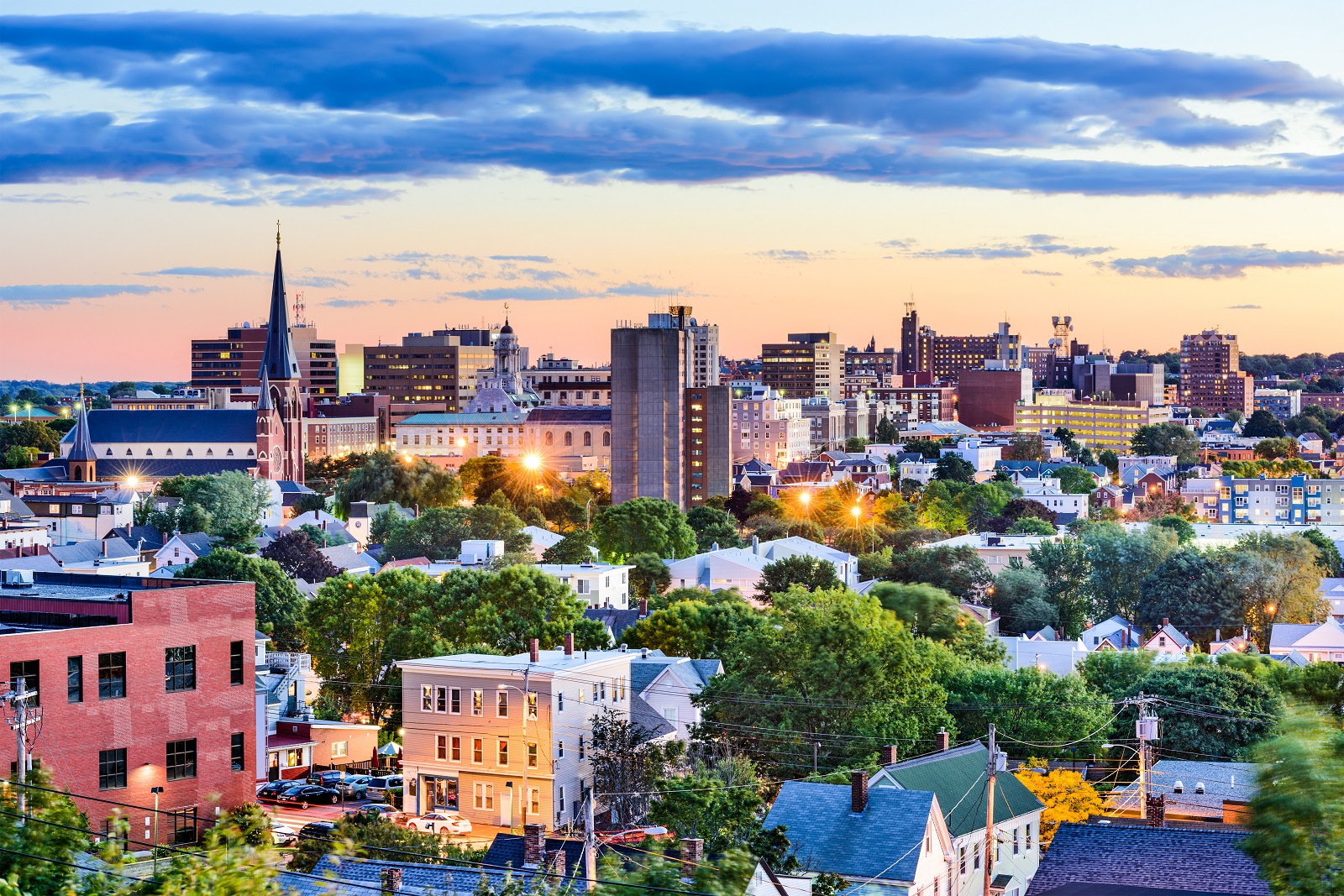
Image Credit: Shutterstock /
Sean Pavone
Maine has one of the lowest average annual premiums in the country at around $876. This is due to the state’s low population density, fewer accidents, and less vehicle theft. Additionally, Maine’s weather patterns are less severe compared to hurricane-prone states like Florida and Louisiana, which reduces the risk of claims.
9. Fewer Uninsured Drivers in Iowa
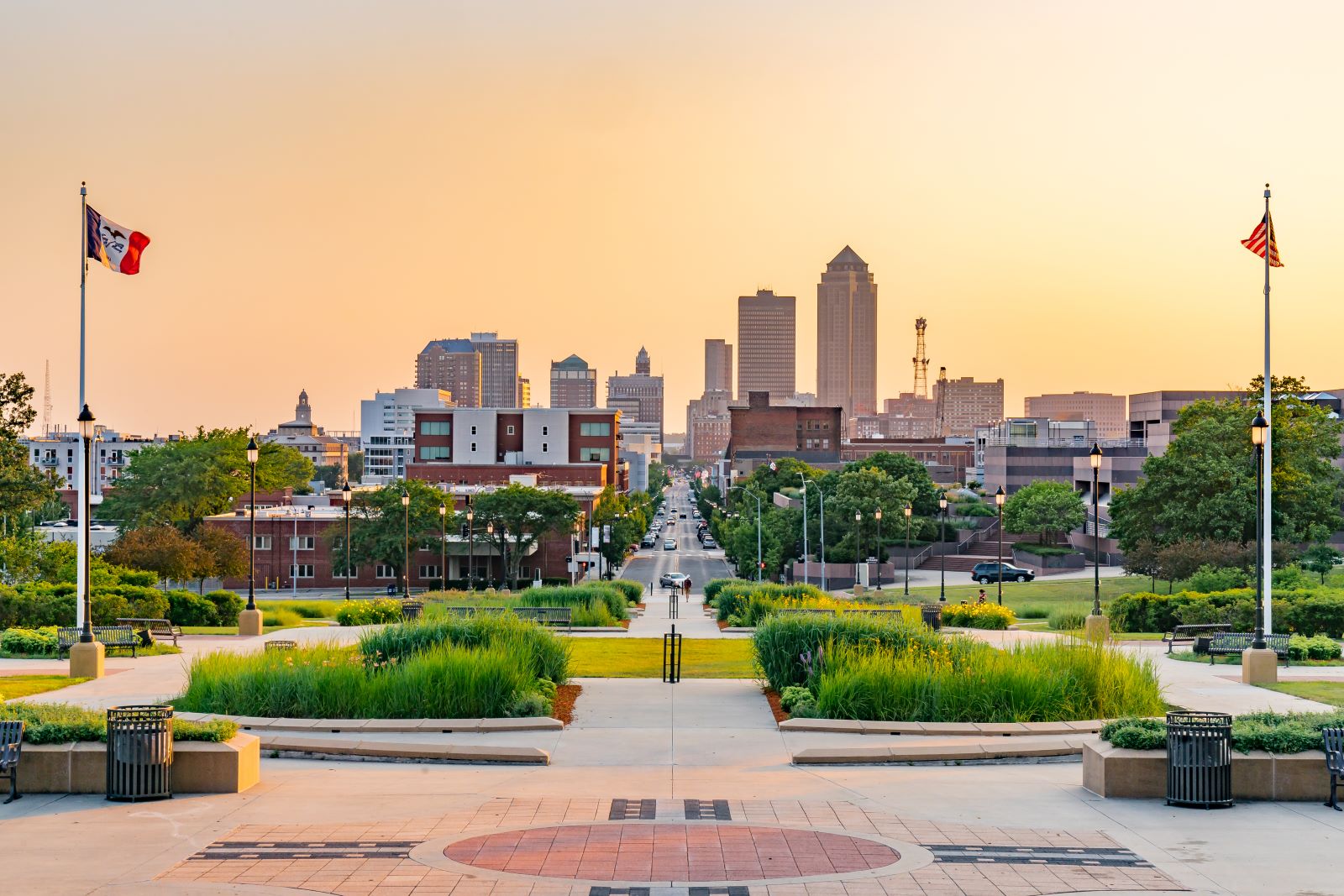
Image Credit: Shutterstock / Paul Brady Photography
Iowa is another state with relatively low insurance premiums, averaging around $1,035 annually. The state has a high percentage of insured drivers and a low population density, which reduces the risk of accidents and claims. Rural driving conditions also contribute to fewer overall incidents.
10. Moderate Insurance Costs in Ohio
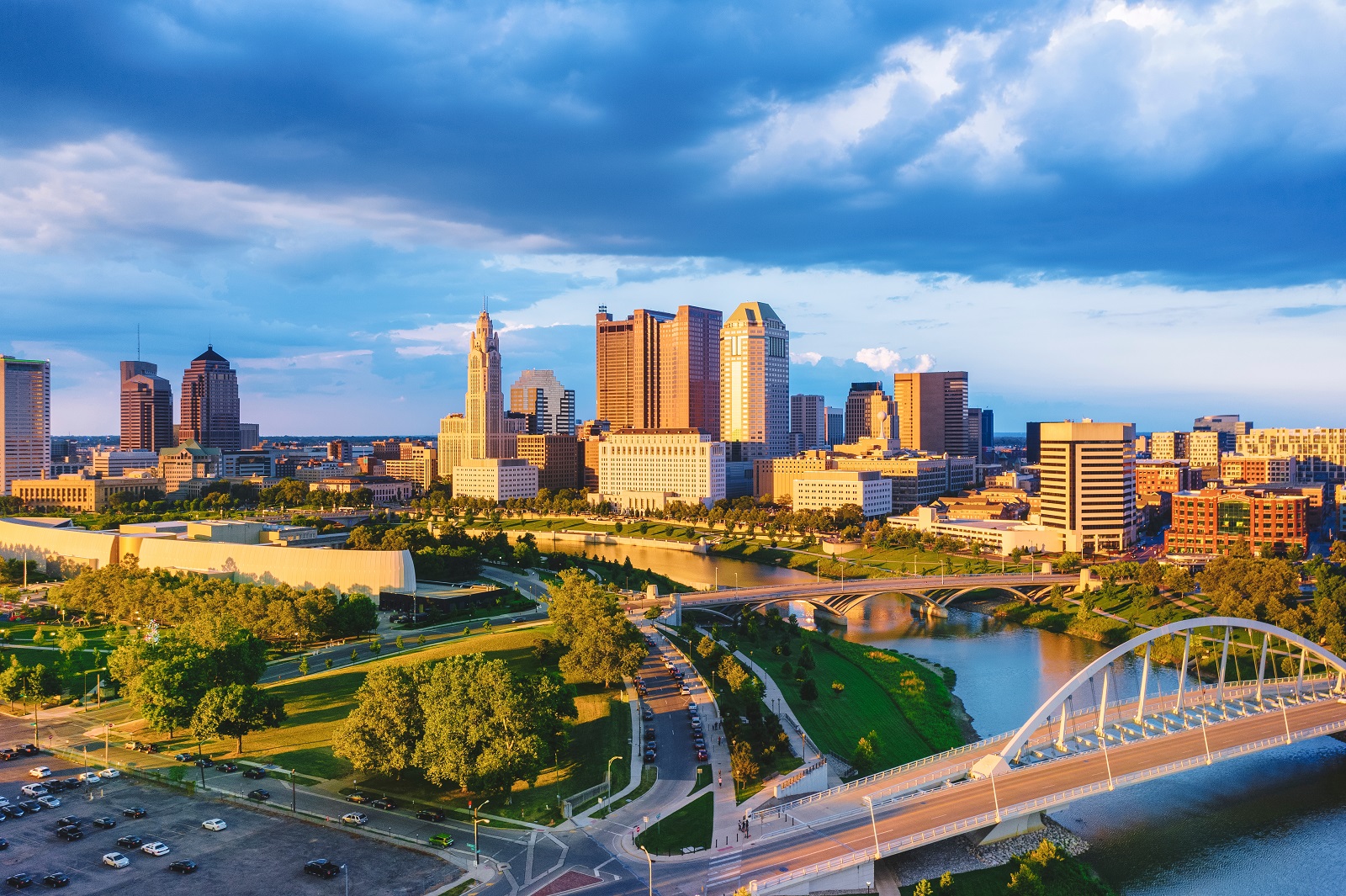
Image Credit: Shutterstock / Agnieszka Gaul
Ohio’s average insurance premium is $1,034 annually, which is lower than the national average. Ohio benefits from relatively mild weather, fewer natural disasters, and a competitive insurance market that helps keep premiums moderate.
11. High Medical Costs in Texas
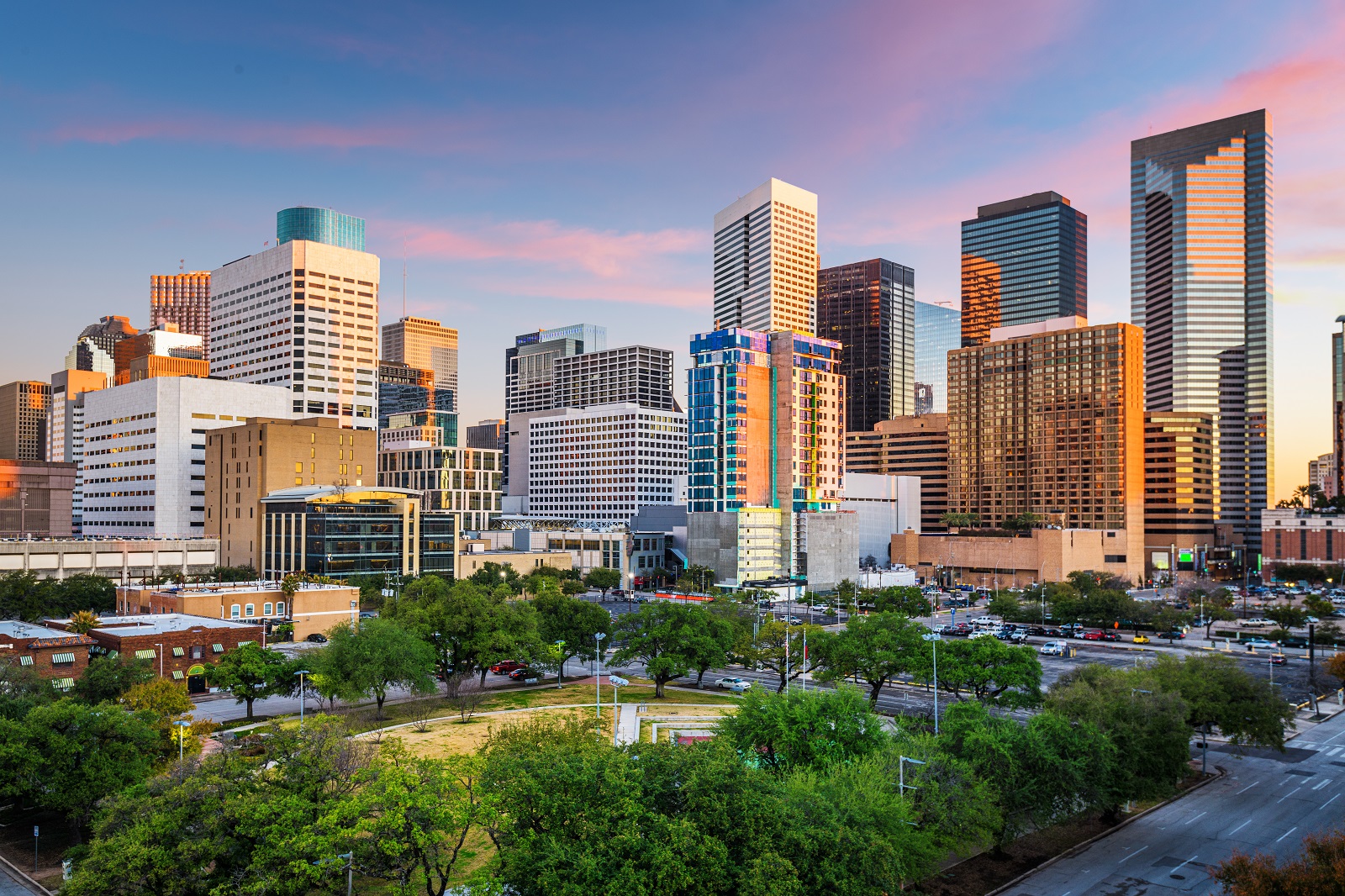
Image Credit:
Shutterstock / Sean Pavone
Texas sees higher premiums, averaging $1,882 annually, due in part to high medical costs associated with accidents. The state also has a large population, heavy traffic in major cities like Houston and Dallas, and a significant number of uninsured drivers, all contributing to higher insurance rates.
12. Competitive Market in Vermont
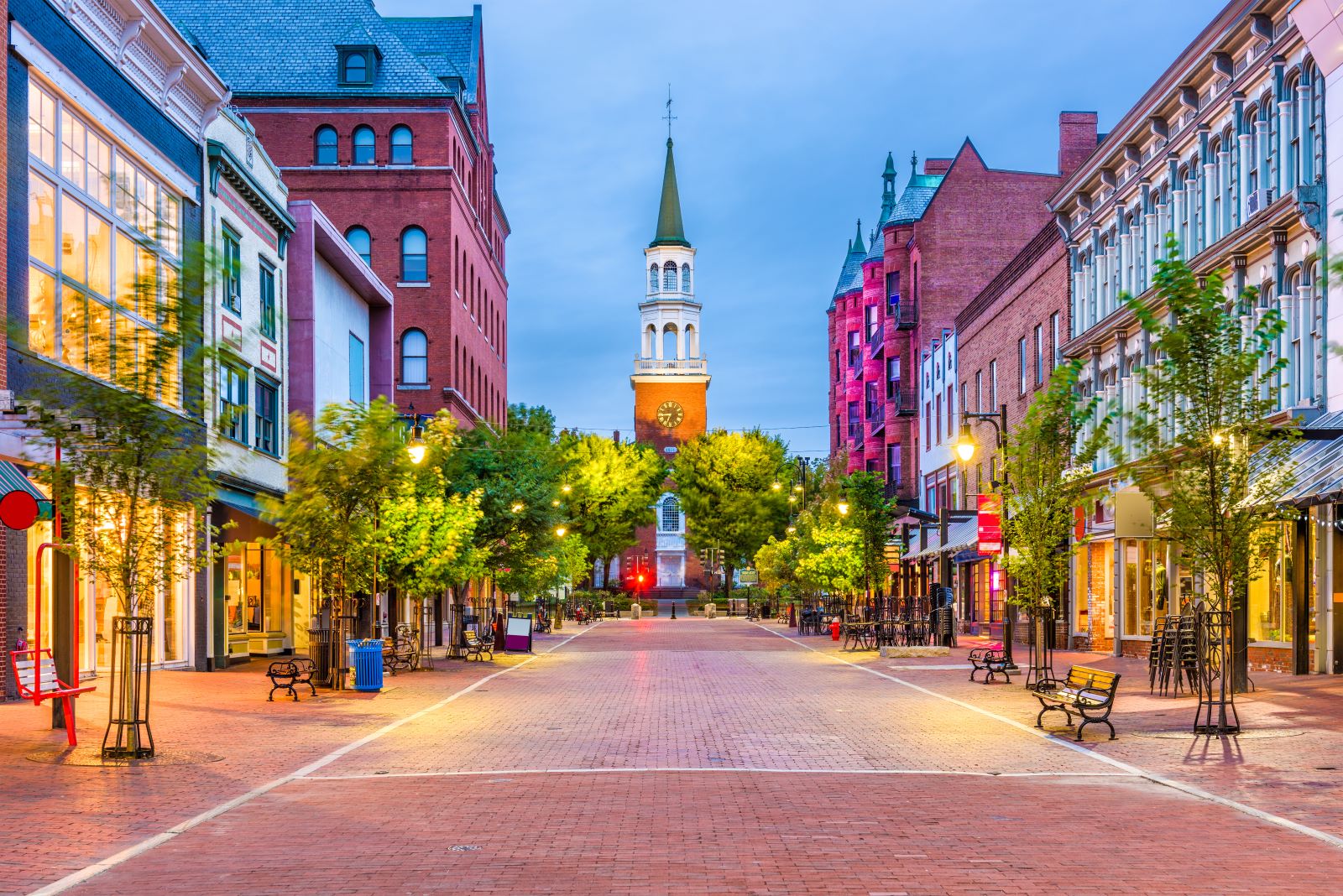
Image Credit: Shutterstock / Sean Pavone
Vermont drivers enjoy some of the lowest insurance premiums in the country, with an average of $1,000 annually. The state’s low population density, low crime rate, and a competitive insurance market help keep costs down. Fewer accidents and claims also contribute to Vermont’s lower premiums.
13. High Accident Rates in Nevada

Image Credit: Shutterstock / randy andy
Nevada’s average insurance premium of $1,800 is driven by high accident rates, particularly in the Las Vegas area. The combination of heavy traffic, high tourism, and urban congestion leads to more frequent claims, pushing up the cost of insurance.
14. Low Insurance Fraud in Wisconsin
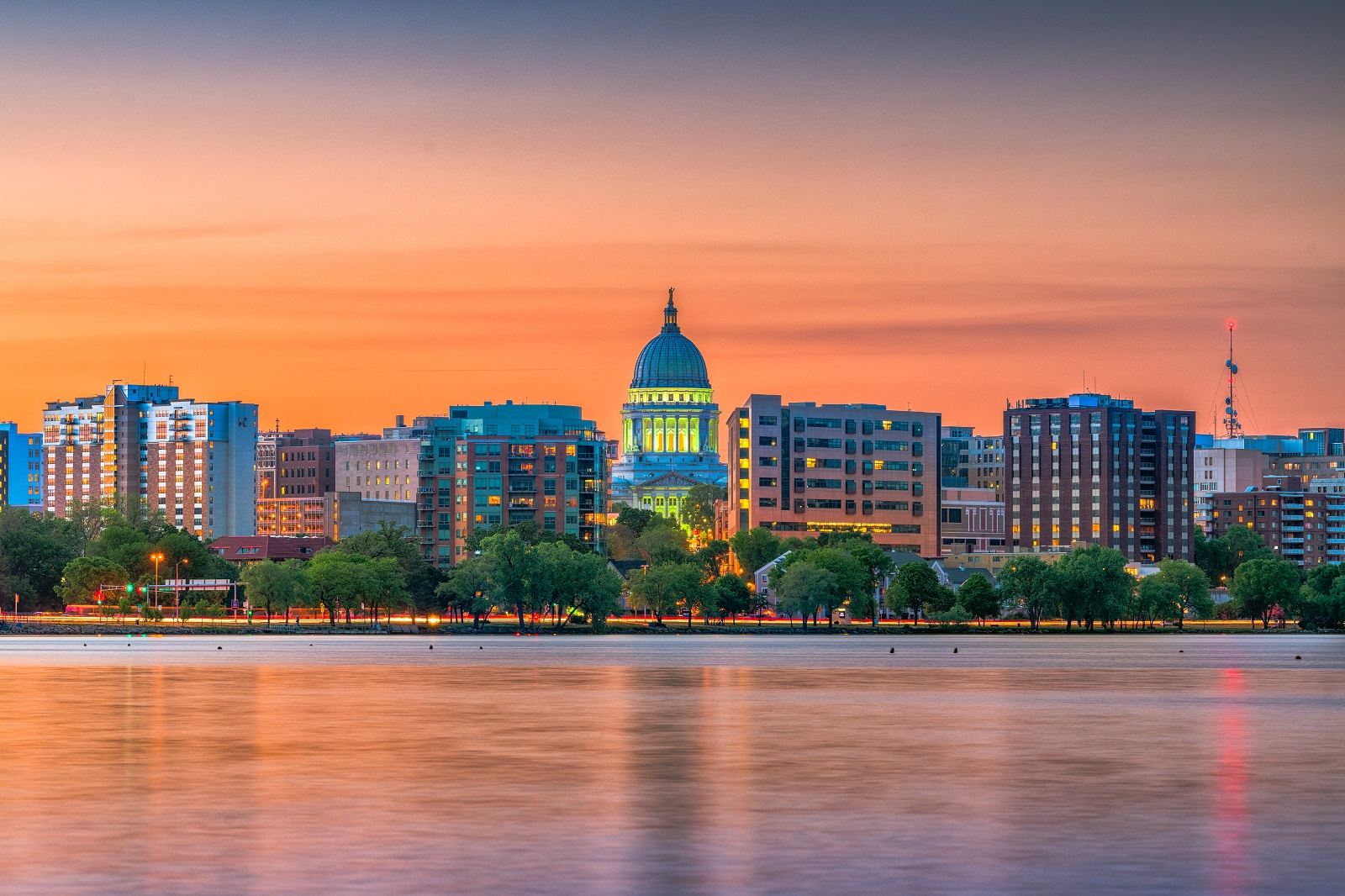
Image Credit: Shutterstock / Sean Pavone
Wisconsin’s low insurance premiums, averaging around $1,097 annually, are partly due to lower rates of insurance fraud and fewer large urban areas. The state’s rural landscape and lower crime rates help keep premiums affordable for most drivers.
15. Wildfires in Oregon

Image Credit: Shutterstock / JPL Designs
Oregon’s average premium of $1,550 is influenced by the state’s increasing wildfire risk. As wildfires become more common and destructive, insurance companies adjust their rates to account for the higher likelihood of claims related to fire damage.
16. Low Vehicle Density in Idaho
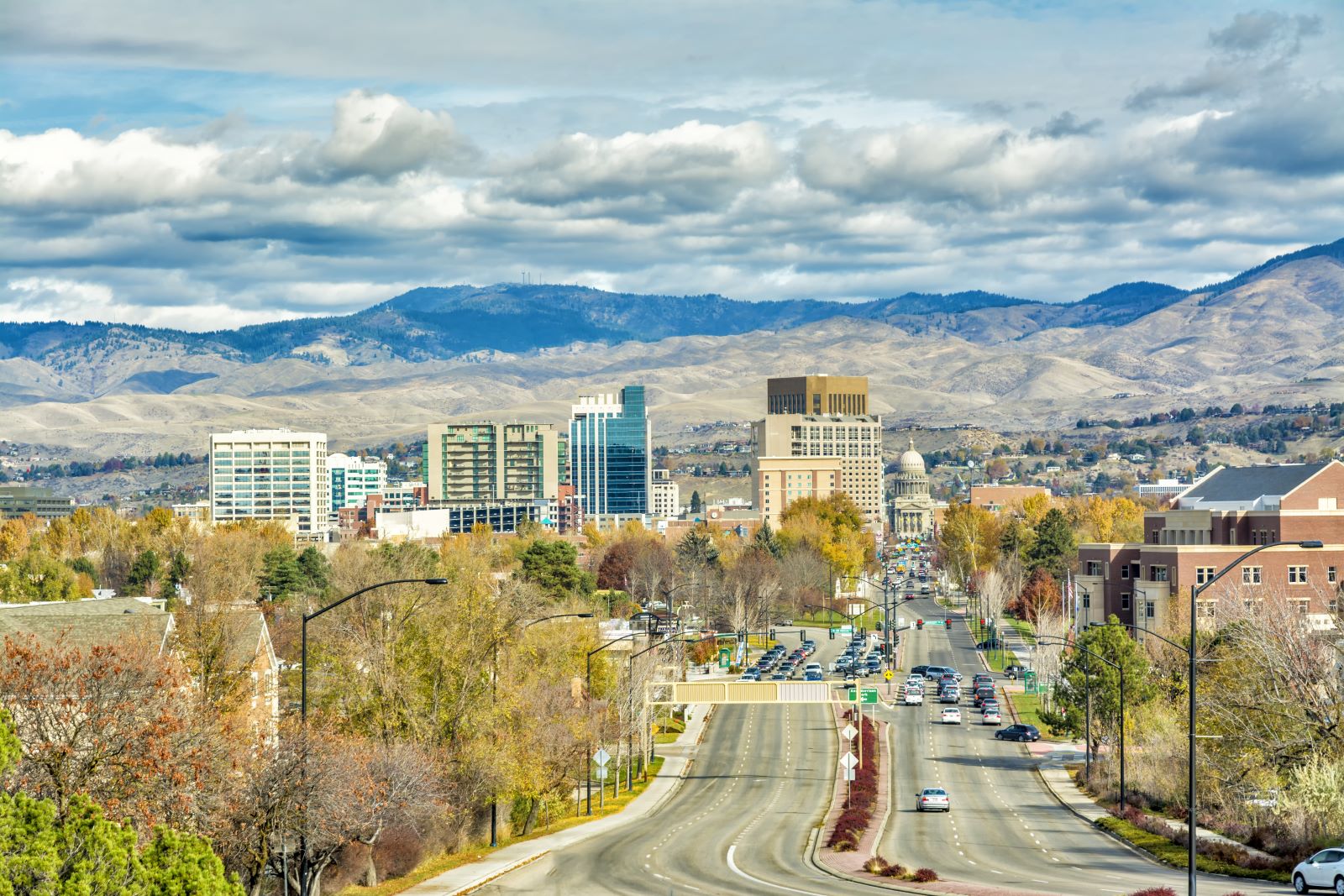
Image Credit: Shutterstock / Charles Knowles
Idaho benefits from one of the lowest average annual premiums, around $1,089, thanks to its low vehicle density and fewer accidents. The state’s wide-open spaces and lack of major urban centers result in fewer claims, keeping costs down for drivers.
17. High Litigation and Medical Costs in Pennsylvania
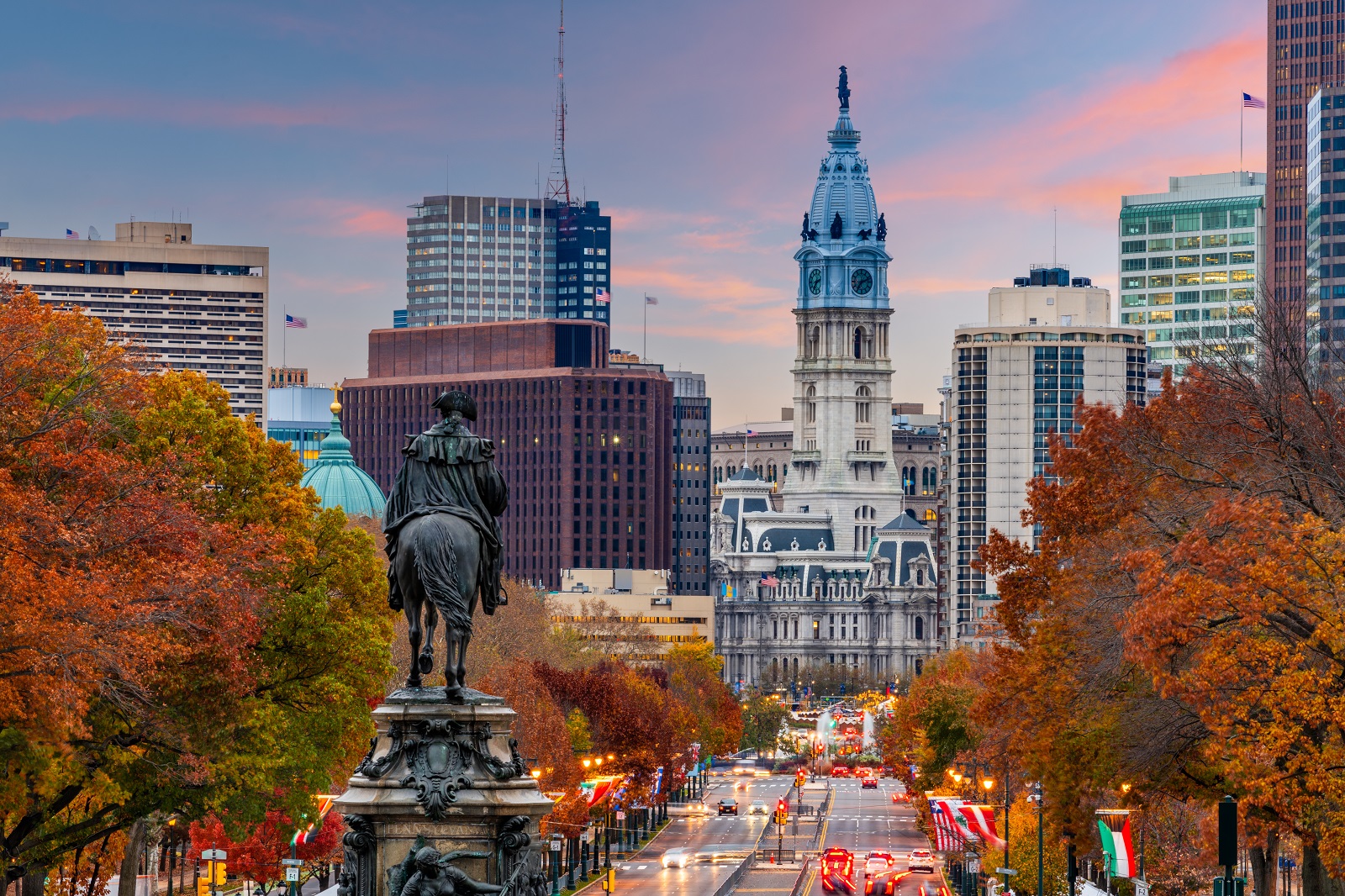
Image Credit: Shutterstock / Sean Pavone
Pennsylvania drivers face an average premium of $1,555 annually, partly due to high litigation rates and expensive medical claims. The state’s urban areas, particularly around Philadelphia, contribute to the higher cost of insurance due to frequent accidents and lawsuits.
18. High Number of Uninsured Drivers in New Mexico
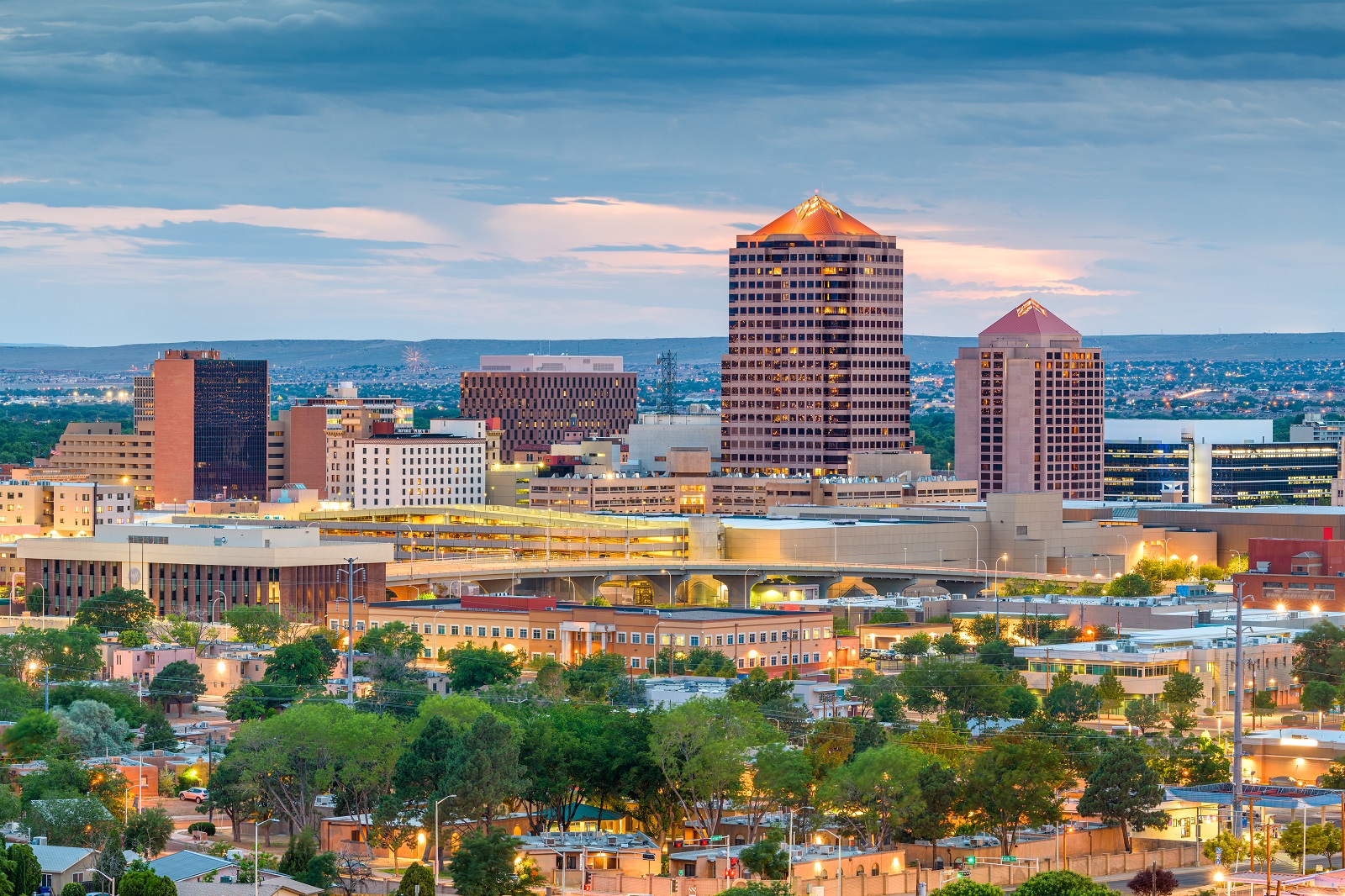
Image Credit: Shutterstock / Sean Pavone
New Mexico has higher-than-average premiums, around $1,700 annually, largely because of the high number of uninsured drivers. This increases the financial risk for insurers, who then pass the cost onto insured drivers in the form of higher premiums.
19. Severe Storms in Alabama
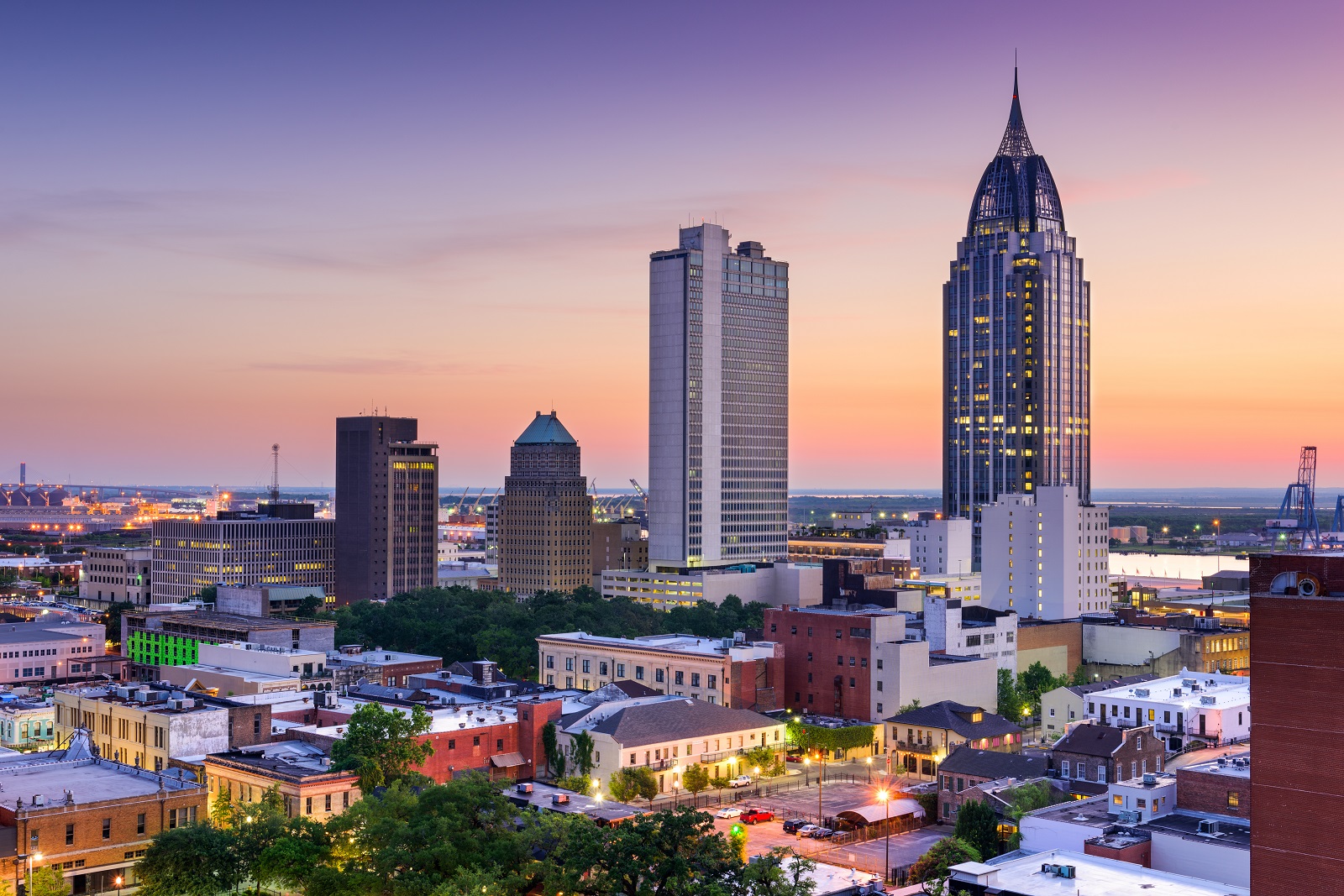
Image Credit: Shutterstock / Sean Pavone
Alabama’s average premium of $1,550 is influenced by the state’s frequent severe storms, including tornadoes and flooding. These weather events lead to a higher number of claims, which in turn drives up the cost of insurance for everyone.
20. Competitive Market in North Carolina
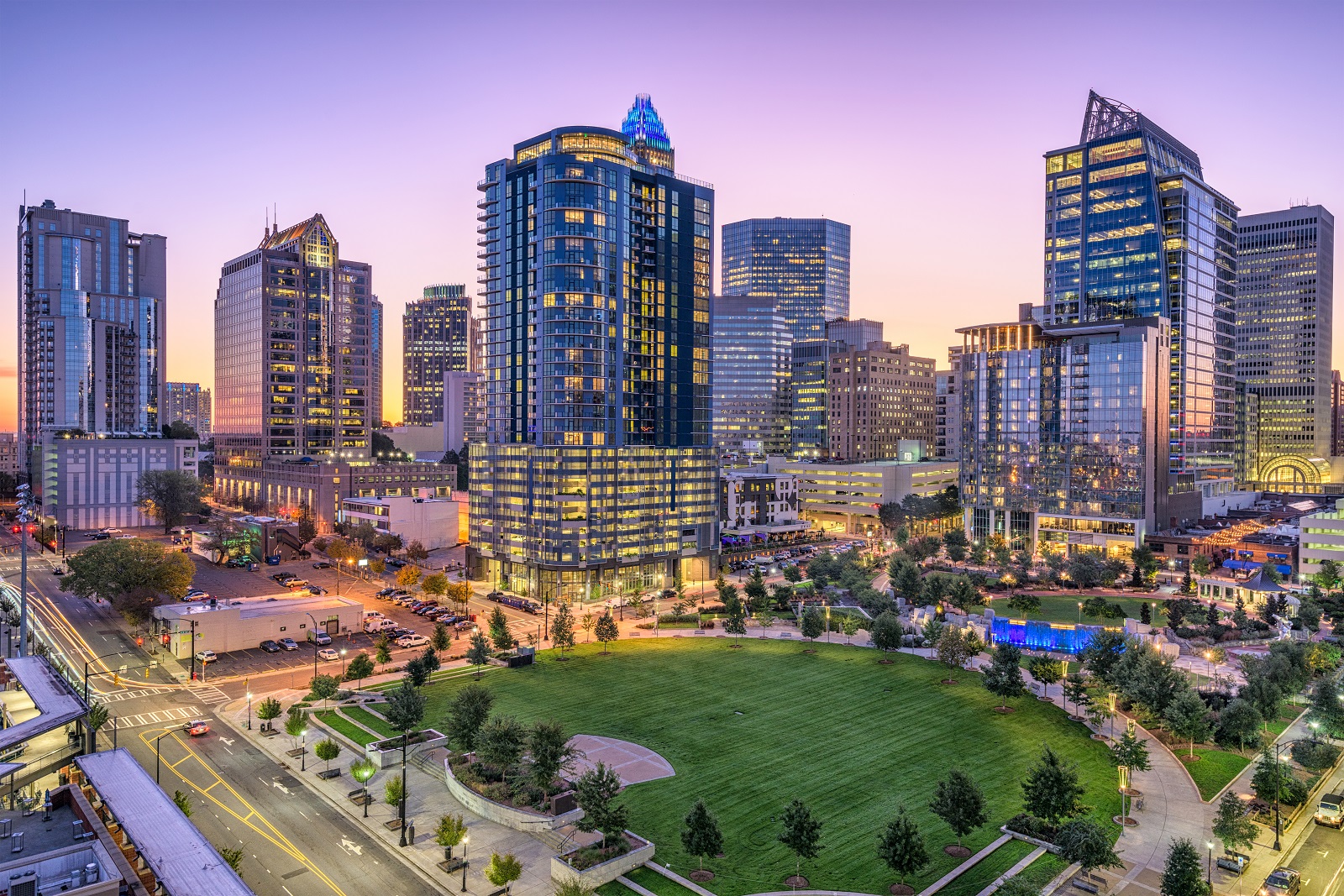
Image Credit: Shutterstock / Sean Pavone
North Carolina has lower-than-average premiums at around $1,325 annually, thanks to a competitive insurance market and fewer natural disasters compared to other southeastern states. The state’s regulatory environment also helps keep costs in check.
21. Expensive Auto Repairs in Washington
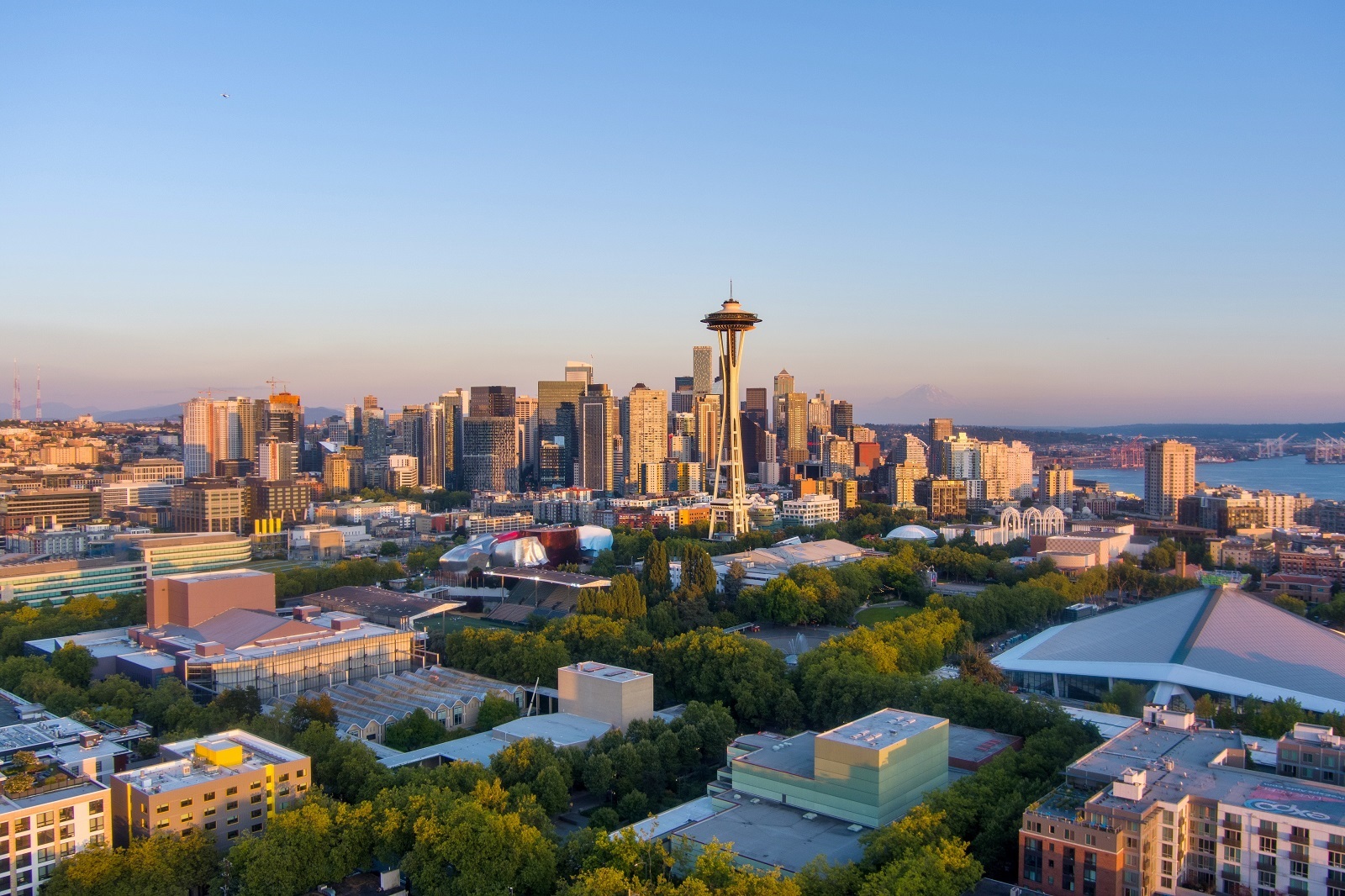
Image Credit: Shutterstock / Cavan-Images
Washington state’s average premium of $1,525 is driven by the high cost of living, particularly in cities like Seattle, where auto repairs and medical care are expensive. Additionally, the state’s rainy weather contributes to more accidents, raising premiums for all drivers.
Location Matters More Than You Think
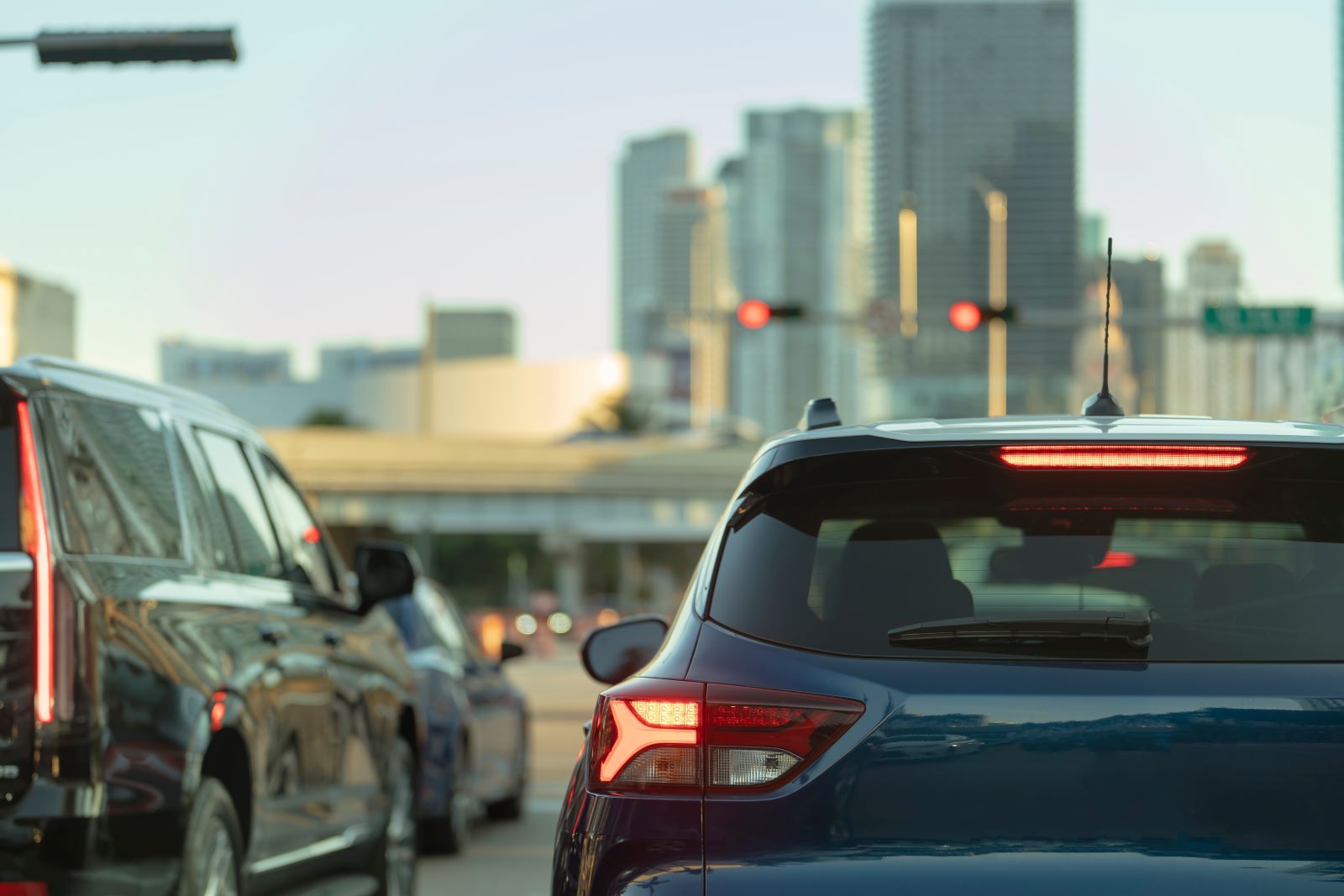
Image Credit: Shutterstock / Bilanol
Where you live has a major impact on your auto insurance premiums. Factors like local laws, weather risks, crime rates, and even the population density all play a role in determining how much you pay. Are you paying more just because of where you live, or are there ways to lower your premium?
Featured Image Credit: Shutterstock / New Africa.
The content of this article is for informational purposes only and does not constitute or replace professional advice.
The images used are for illustrative purposes only and may not represent the actual people or places mentioned in the article.
For transparency, this content was partly developed with AI assistance and carefully curated by an experienced editor to be informative and ensure accuracy.
